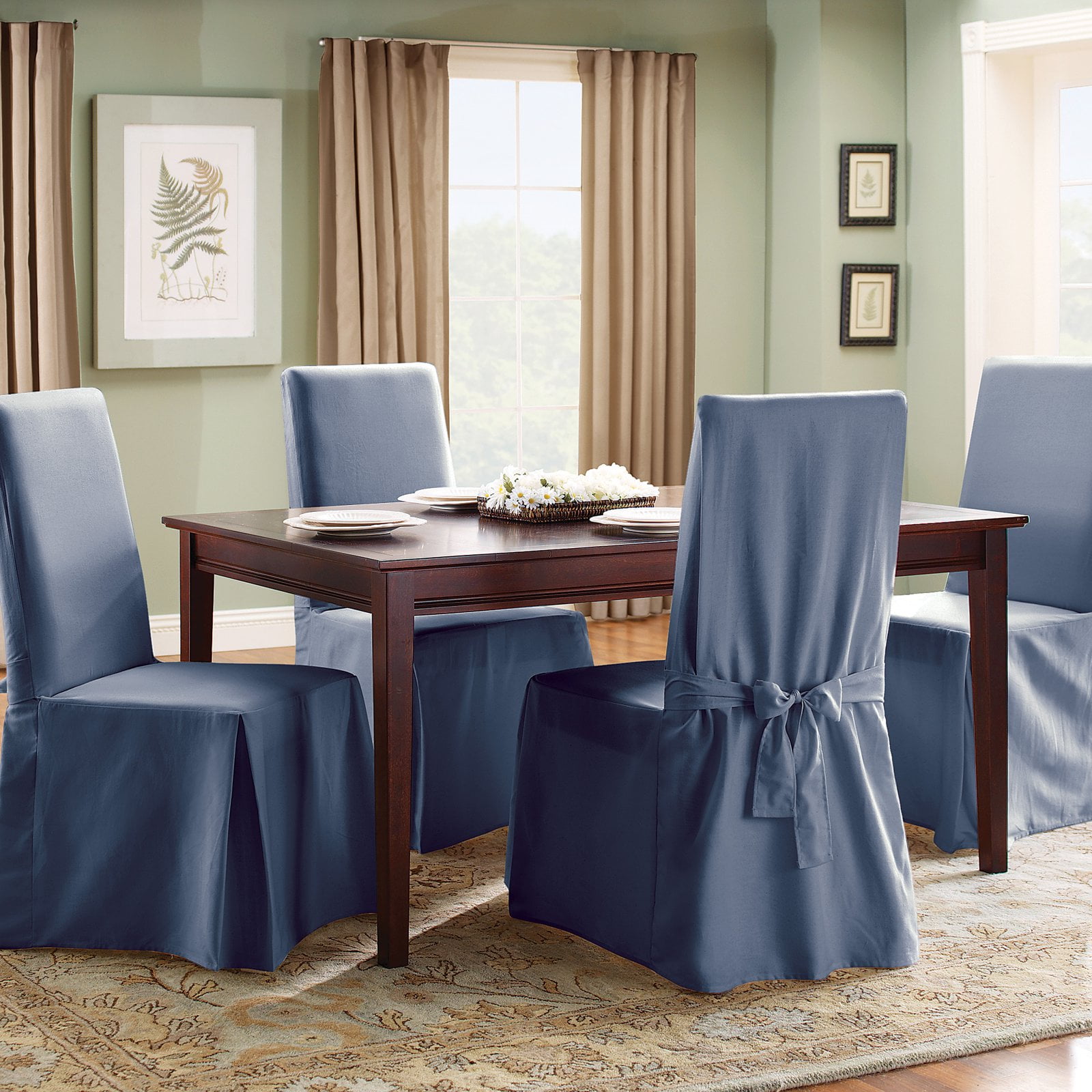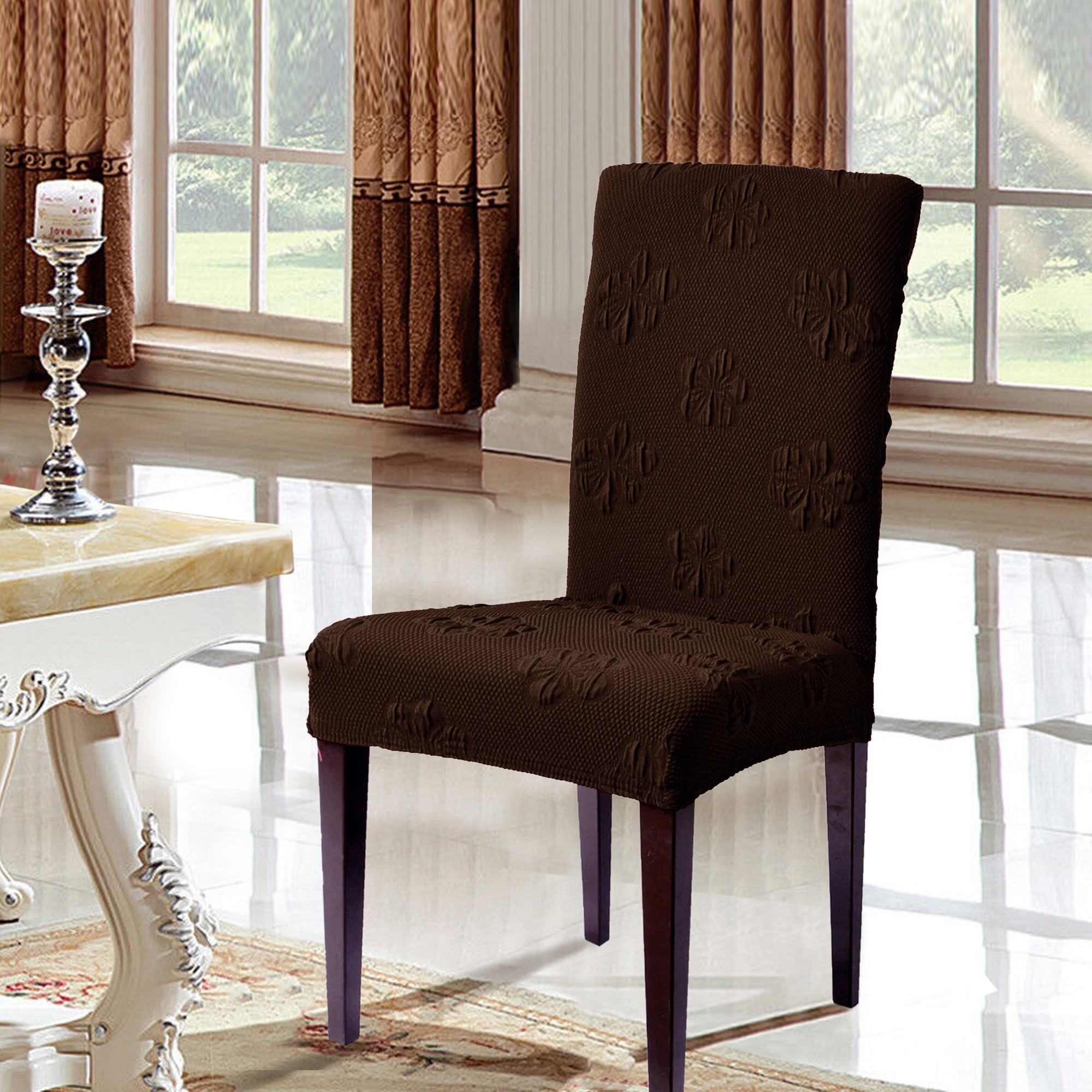Buying Guide for Outdoor Dining Chair Slipcovers

Choosing the right slipcovers for your outdoor dining chairs can totally transform your patio or deck, adding style and protection. Getting the perfect fit, however, requires a little know-how. This guide will walk you through the process, from measuring your chairs to selecting the ideal slipcover for your needs and climate.
Measuring Your Outdoor Dining Chairs
Accurate measurements are crucial for a proper fit. Incorrect measurements will lead to slipcovers that are either too loose and saggy or too tight and difficult to put on. Take your time and be precise! Here’s how to measure:
Outdoor dining chair slipcovers – First, gather your measuring tape. It’s best to use a flexible tape measure that can easily conform to the curves of your chair. You’ll need to measure several key areas. Consider the following measurements, with a diagram to aid your understanding.
Diagram: Imagine a chair back. Draw a vertical line representing the height of the chair back from the seat to the top. Draw a horizontal line across the widest part of the chair back. Now, from the top of the chair back, draw a diagonal line down to the outer edge of the chair seat. Label these measurements as follows:
Height of Chair Back: The vertical line measuring the height of the chair back from the seat to the highest point.
Width of Chair Back: The horizontal line measuring the widest part of the chair back.
Seat Depth: Measure the depth of the chair seat from the front to the back.
Seat Width: Measure the width of the chair seat at its widest point.
Overall Height: Measure the total height of the chair from the floor to the highest point of the chair back.
Record these measurements carefully, noting any unusual shapes or curves in your chairs. It’s a good idea to measure multiple chairs to ensure consistency. If your chairs have arms, measure the arm height and width as well. If your chair has a curved back, consider taking multiple measurements at different points to capture its unique shape.
Selecting the Right Size and Fit
Once you have your measurements, compare them to the sizing charts provided by the slipcover manufacturer. Most manufacturers provide detailed measurements for each size. It’s better to choose a slipcover slightly larger than your measurements to allow for a comfortable fit and prevent overly tight stretching. Loose slipcovers can look sloppy, while too-tight slipcovers can be difficult to put on and may rip. A snug fit is ideal – the slipcover should smoothly contour the chair without excessive bunching or pulling.
Factors to Consider When Choosing Outdoor Dining Chair Slipcovers
Before you buy, consider your budget, the weather conditions in your area, and your desired aesthetic.
Budget: Slipcovers range in price from affordable to quite expensive, depending on the material, quality, and brand. Set a budget before you start shopping to avoid overspending.
Weather Conditions: If you live in an area with harsh weather conditions, choose durable, weather-resistant materials like Sunbrella fabric or outdoor-grade polyester. These fabrics are designed to withstand sun, rain, and wind. For milder climates, you might opt for less expensive options such as cotton canvas or linen blends. However, always check the manufacturer’s care instructions to ensure the slipcover is suitable for outdoor use and appropriate cleaning methods.
Desired Aesthetic: Consider the overall style of your outdoor dining set and choose slipcovers that complement it. Do you prefer a modern, minimalist look, or something more traditional and ornate? The color and pattern of the slipcover will greatly impact the look and feel of your space. For a tropical vibe, consider bright colours and floral patterns; for a more classic feel, neutral tones and subtle patterns might be more appropriate.
Care and Maintenance of Outdoor Dining Chair Slipcovers

Keeping your outdoor dining chair slipcovers looking spiffy is key to enjoying your alfresco meals for years to come. A little TLC goes a long way in preventing damage and maintaining that fresh-off-the-rack look. This section details how to properly care for and maintain your slipcovers, ensuring they withstand the elements and stay beautiful.
Cleaning and Maintaining Different Slipcover Materials
Different fabrics require different cleaning approaches. For example, polyester slipcovers, known for their durability and water resistance, can often be spot-cleaned with a mild detergent and water solution. More delicate fabrics like cotton or linen might need hand washing or a gentle machine wash cycle. Always check the care label on your specific slipcover for the manufacturer’s recommendations. For stubborn stains, a paste of baking soda and water applied gently can work wonders. Allow the paste to dry before brushing it away. For mildew, a solution of bleach and water (always test in an inconspicuous area first!) can be effective, followed by thorough rinsing and drying. Remember to air-dry your slipcovers whenever possible to prevent shrinkage and damage from high heat.
Stain Removal Techniques, Outdoor dining chair slipcovers
Addressing stains promptly is crucial to prevent them from setting. Act quickly! For spills like coffee or wine, blot (don’t rub!) immediately with a clean cloth. For oil-based stains, use a mild dish soap and water solution. For tougher stains, you might consider a specialized fabric cleaner, but always test it in a hidden area first. Remember, the faster you address a stain, the easier it will be to remove.
Addressing Fading and Mildew
Fading is a common issue with outdoor fabrics, especially those exposed to prolonged sunlight. Regularly rotating your slipcovers can help distribute sun exposure more evenly, minimizing fading. Using UV-resistant sprays can also provide added protection. Mildew, often appearing as a fuzzy, dark growth, thrives in damp conditions. Regular cleaning and ensuring proper air circulation around your furniture will help prevent mildew. If mildew does appear, use a solution of bleach and water (again, test first!), but be cautious, as bleach can damage certain fabrics.
Proper Off-Season Storage
Proper storage is essential to protect your slipcovers during the off-season. Before storing, always ensure your slipcovers are completely clean and dry. Fold or roll them carefully to avoid creases and wrinkles. Store them in a cool, dry place, preferably in a breathable fabric bag or container to prevent moisture buildup. Avoid storing them in damp basements or attics. This will help prevent mildew and other damage, extending their lifespan considerably.
Importance of Regular Cleaning and Maintenance
Neglecting regular cleaning and maintenance can lead to several problems. Accumulated dirt and grime can dull the appearance of your slipcovers, while stains can become permanent. Mildew and mold can not only damage the fabric but also create unpleasant odors and potential health issues. Regular care prevents these issues and ensures your slipcovers remain beautiful and functional for longer.
Preventative Maintenance Steps
- Regularly inspect your slipcovers for stains or damage.
- Spot-clean spills immediately.
- Wash or clean your slipcovers according to the care instructions at least twice a year, or more often if necessary.
- Rotate your slipcovers regularly to prevent uneven sun exposure.
- Store your slipcovers properly during the off-season.
- Use protective sprays to prevent fading and repel stains.
